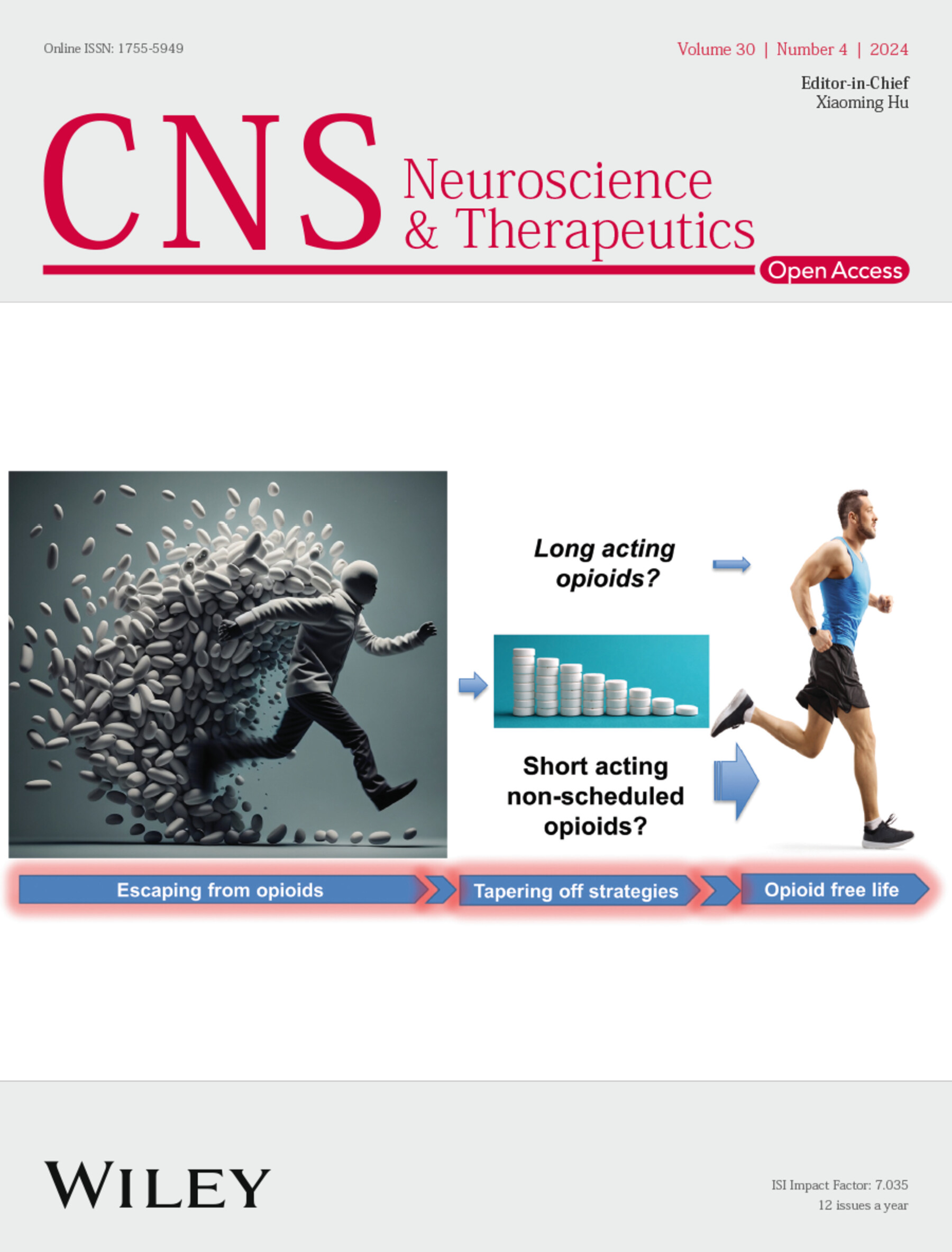Panaxadiol Attenuates Neuronal Oxidative Stress and Apoptosis in Cerebral Ischemia/Reperfusion Injury via Regulation of the JAK3/STAT3/HIF-1α Signaling Pathway
Abstract
Background
Cerebral ischemic stroke (CIS) is a debilitating neurological condition lacking specific treatments. Cerebral ischemia/reperfusion injury (CIRI) is a critical pathological process in CIS.
Purpose
This study aimed to explore the protective effects of panaxadiol (PD) against oxidative stress-induced neuronal apoptosis in CIS/CIRI and its underlying mechanisms.
Method
An MCAO mouse model was established to investigate the therapeutic effects of PD in vivo. Network pharmacology and molecular docking techniques were used to predict PD's anti-CIS targets. The protective effects of PD were further validated in vitro using oxygen–glucose deprivation/reoxygenation (OGD/R)-treated HT22 cells. Finally, core targets were verified through combined in vivo and in vitro experiments to elucidate the mechanisms of PD in treating CIS.
Result
PD exhibited significant neuroprotective activity, demonstrated by restoration of behavioral performance, reduced infarct volume, and decreased neuronal apoptosis in mice. Network pharmacology analysis identified 24 overlapping target genes between PD and CIS-related targets. The hub genes, PTGS2, SERPINE1, ICAM-1, STAT3, MMP3, HMOX1, and NOS3, were associated with the HIF-1α pathway, which may play a crucial role in PD's anti-CIS effects. Molecular docking confirmed the stable binding of PD to these hub genes. Both in vitro and in vivo experiments further confirmed that PD significantly mitigates neuronal apoptosis and oxidative stress induced by CIS/CIRI.
Conclusion
PD significantly counteracts CIS/CIRI by modulating the JAK3/STAT3/HIF-1α signaling pathway, making it a promising therapeutic agent for treating CIS/CIRI.


 求助内容:
求助内容: 应助结果提醒方式:
应助结果提醒方式:


